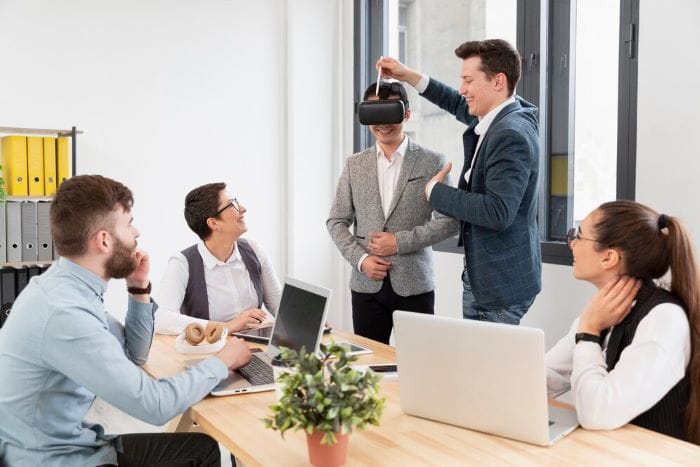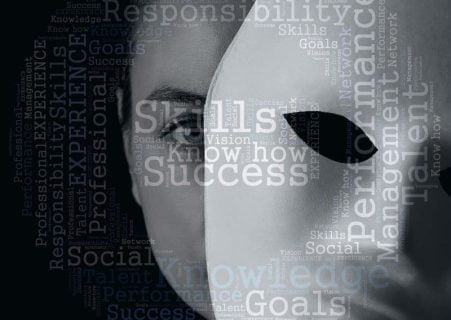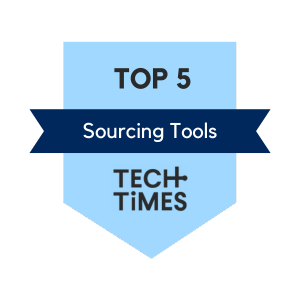Upskilling and reskilling the workforce is an important strategy for keeping your team competitive. The modern workspace is driven by quick and dynamic technological changes. Human resource professionals have an important role to play in ensuring work teams keep up with the changes.
They must consistently identify and address skill gaps. An upskilling reskilling strategy enhances adaptability and innovation. It boosts career development and prepares a thriving future work environment. The HR reskilling upskilling role in the workplace cuts across the following areas.
Building a learning corporate culture
How to upskill employees goes beyond preparing course programs. HR professionals must build a learning culture in the organization. Start with departmental leaders and managers to embrace learning. These individuals can help encourage workers in their departments to embrace the learning culture. Provide incentives to workers who take action in learning.
For learning to be seamless, take every possible initiative. Continuous training, providing sufficient time to attend the skill-based training, and providing the hardware and software are HR’s responsibilities. Providing basic tech-specific guidance is also a part of this process. Simple things that include battery draining fast, software log-in problems, or shared albums not showing up on iCloud are things that every employee should be able to take care of. Imagine a scenario where important photos are to be shared in a learning session but iCloud acts up. Knowing the cause and solution is common knowledge that everyone should have.
Identifying skill gaps
Before taking an upskilling reskilling initiative, HR should identify lacking skills in employees. The best way to identify this is to conduct a skill gap analysis. List the knowledge requirements for current technologies. Analyze the current skills of your employees. Decide the needs of each worker to help them cover the knowledge gaps.
Adopting technology for learning
Technology adoption in your reskilling upskilling strategy increases efficiency. HR can use technology to provide feedback and measure success rates. Tools help them create learning resources and personalize them. Technology for learning may include online learning platforms and AI. It can include learning management systems, communication, and competency assessment tools.

Aligning training with company vision
Upskilling and reskilling cannot be effective if it does not align with company vision. This calls for the HR manager to collaborate with senior corporate teams. They should understand the company’s vision and mission. This helps him identify skills that will fit into company goals. Aligned goals help drive an organization toward a prosperous future.
Personalizing training for each employee
Learning needs differ from one employee to the next. Learning capabilities and styles differ between them too. The HR should avoid creating an upskill and re skillprogram and fit everyone into it. They have a role in creating personalized programs for each team member.
Some staff members may perfectly fit in a mentorship program. Others might require an in-person program or different online courses. This approach ensures everyone is catered for. It creates a training environment where everyone feels cared for and accepted. Personalization ensures every worker receives the specific training they need.
Partnering with third-party trainers and institutions
The HR might not effectively meet all the needs for upskilling and reskilling the workforce. There are specialized training experts that can provide better solutions. Many learning institutions provide skill-building solutions that perfectly meet company needs. Go beyond in-house training and work with colleges, tutors, and consultants. External experts and institutions provide certifications that help boost the worker’s career goals.
Monitoring and evaluating training schedules
Upskilling employees should be productive and provide lasting benefits to the work teams. HR should have a strategy for improving the training approach and outcomes. Monitoring and evaluation is a critical approach for enhancing training results. Surveys play an important role in this. It lets HR experts collect feedback data and measure success. Use the feedback to readjust or create new training approaches.
Why upskilling and reskilling is important for the future of work
The types of knowledge required for different sets of work are changing quickly. Technology is playing an important role in these dynamic changes. Skill gaps appear more quickly today than ever. Learning new skills and improving existing ones benefit a company in many ways.
- Enhances flexibility and innovation. Technological growth attracts new challenges in the workplace. A well-knowledgeable workforce can be flexible and innovative.
- Seals the skill gaps. Training helps close the knowledge gaps that appear in work teams. It makes a big difference in how employees handle work-based needs.
- Supports career development. Continuous training drives employees to the right career growth path. A worker who joins a company at the entry level can grow to a managerial level soon.
- Maintains a vibrant work team. Skilling and reskilling maintain a happy team ready to face work challenges.
- Promotes a learning culture. Regular training builds a learning mentality in workers. Employees begin to take learning initiatives even before the HR proposes.
- Promotes customer engagement and satisfaction. Knowledgeable employees serve customers better. They deliver quality services that lead to higher satisfaction rates.
How the future of upskilling and reskilling look like
HR experts might have challenges encouraging continuous learning or balancing short-term with long-term goals. Nevertheless, technology continues to change the workplace quickly. HR managers must ensure work teams stay ahead of industry trends. They must ensure employees get relevant training for increased adaptability.
The rise of remote and hybrid work has simply been unprecedented. This calls for a different approach to training and career development. Training is destined to target workers beyond the traditional workspace. Viable solutions for the future shall include AR, AI, VR, and unique microlearning modules.
Schlussfolgerung
Upskilling and reskilling are important for any organization that wants to stay ahead. It is a must-do necessity for every organization today. HR experts have a significant role to play in ensuring everyone gets properly trained. They should identify knowledge gaps and create personalized training programs. This helps build a learning culture and prepares work teams to deal with new challenges.
Über Talentprise
Talentprise is an AI-powered talent sourcing and recruitment platform designed to bridge the gap between skilled professionals and employers seeking the best fit for their business. Unlike traditional job boards, Talentprise ensures that all candidates in its talent pool possess verified skills, enabling employers to identify top-tier talent tailored to their unique needs easily.
Employers, sign up for an account today to streamline your hiring process, and talented professionals, join for free to advance your career and get noticed by top recruiters!
For skilled candidates, Talentprise offers a kostenloses Konto to showcase their expertise and connect with leading employers actively hiring.

Redaktionelles Team
Unser Team arbeitet mit Leidenschaft an der Erstellung wertvoller Inhalte, die die Erfahrungen unserer Nutzer, Kunden und Besucher bereichern. Wir wählen sorgfältig sinnvolle und unvoreingenommene Themen aus, die von Tipps und Anleitungen über Herausforderungen bis hin zu den neuesten Technologien, Trends und Einblicken in den Arbeitsmarkt reichen. Alles mit Sorgfalt und Zuneigung kuratiert!








